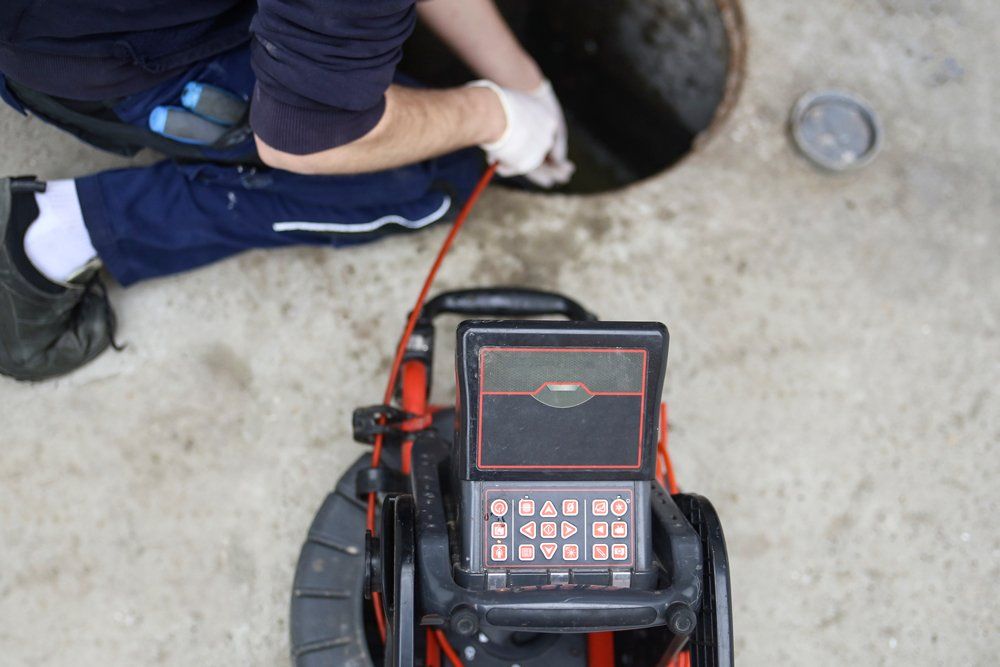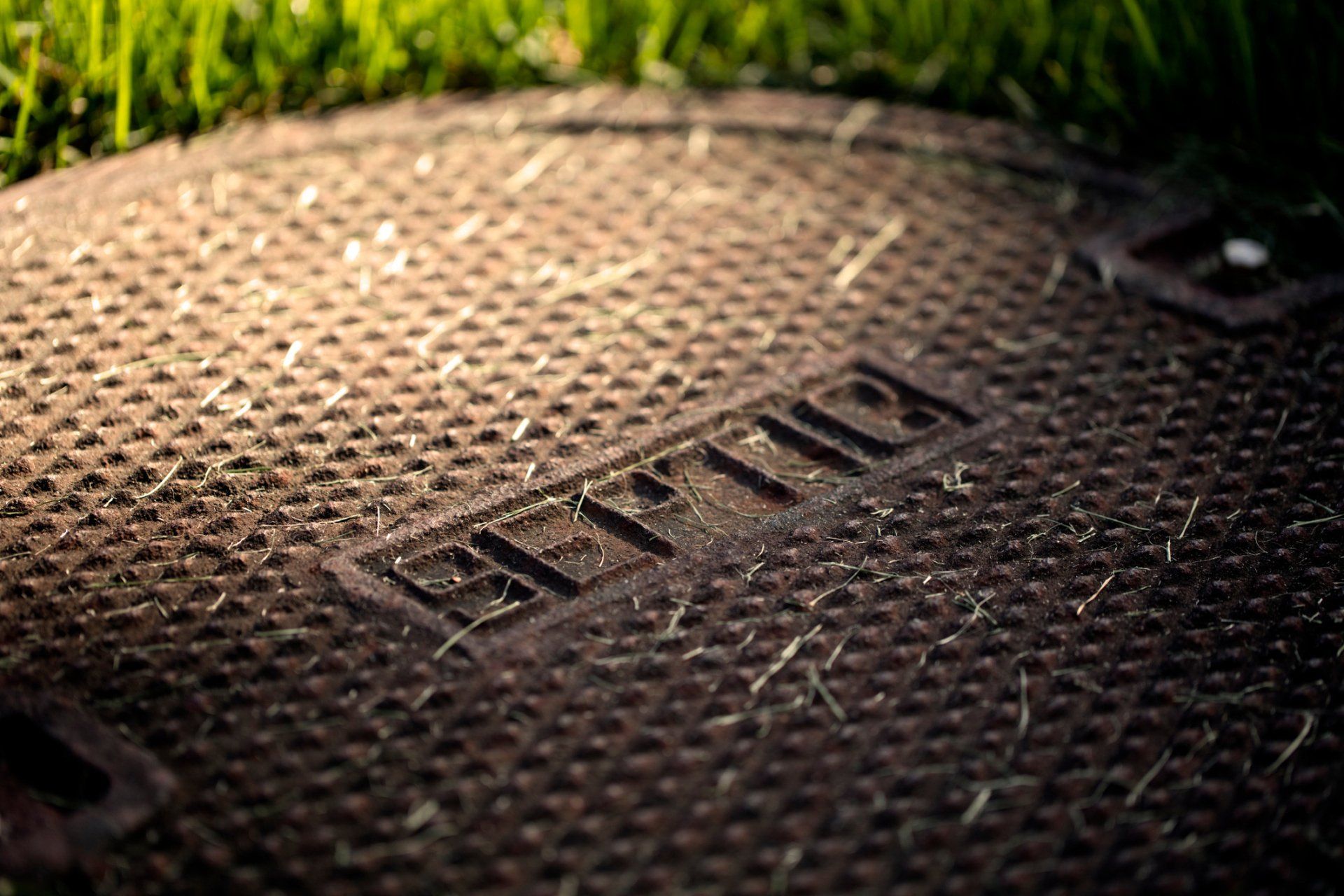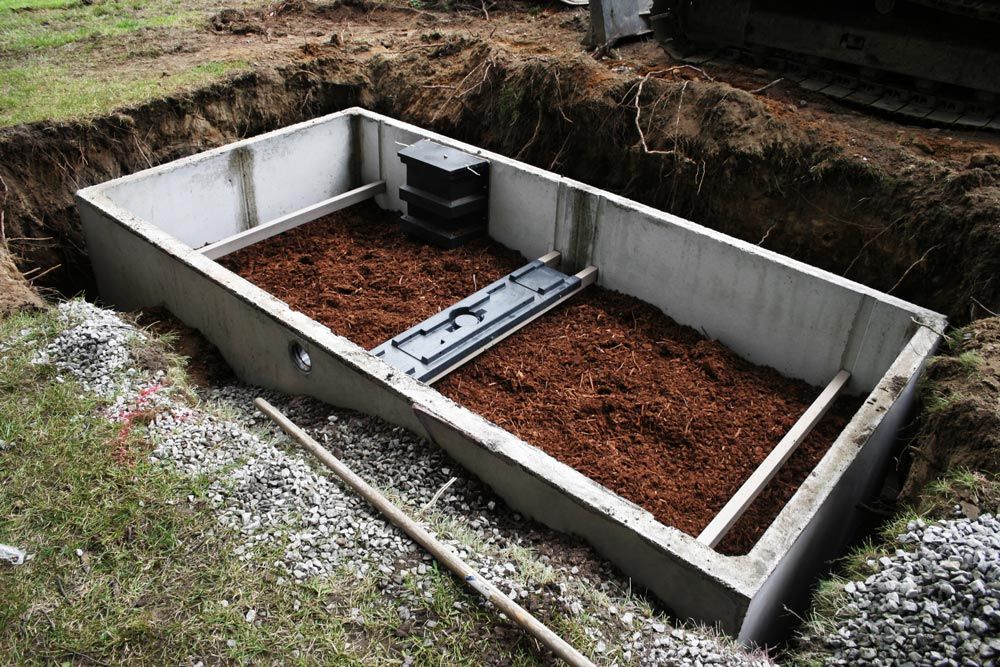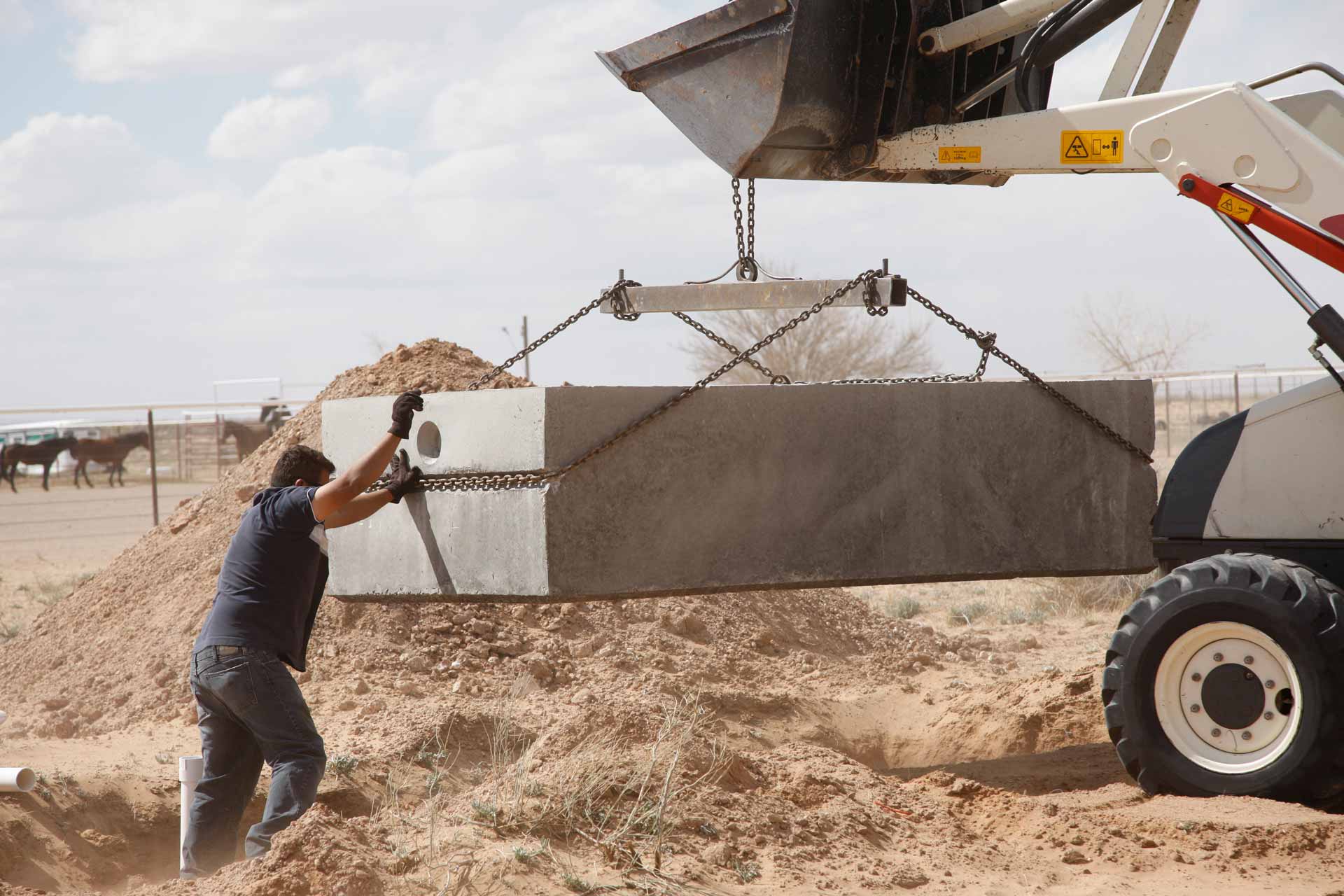WHAT YOU SHOULD KNOW ABOUT EFFLUENT FILTRATION AND YOUR SEPTIC SYSTEM
- By Admin
- •
- 24 Oct, 2017
- •
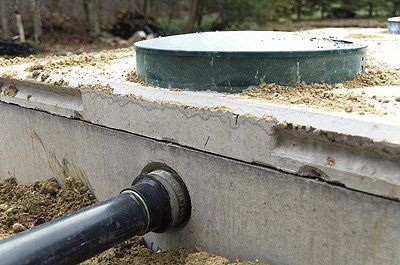
Your home's septic system is probably fairly healthy, but that doesn't mean it won't be damaged if mistreated. Drain fields, in particular, can be seriously impaired by the infiltration of inorganic solids.
That is why it is critical for homeowners to make every effort to keep solid material from passing into drain fields. One such way to prevent an influx of solids is through filtration. This guide discusses the things you should know about effluent filtration and how it can benefit your septic system.
WASTE PROCESSING AND HOW INORGANIC SOLIDS CAUSE DAMAGE
Waste leaving your home enters the septic tank through the inlet baffle, an internal "tee" fitting that directs the flow of wastes toward the bottom of the tank. This action encourages the solids to collect at the bottom where they will be slowly digested by helpful bacteria. Ultimately, the byproducts of digestion, called sludge, will accumulate and require pumping at regular intervals.
Lightweight waste products, such as grease and fats, will float to the top of the tank and form what is known as a scum layer. The scum will be removed at the same time the tank is pumped.
In between the solids and oily scum, wastewater is allowed to flow across the tank and exit through an outlet baffle. The outlet baffle is directly connected to the drain field which disperses liquid waste, or effluent, into the surrounding soil.
This process is self-regulating in most cases, but the influx of inorganic solids can interfere with the septic tank's functioning. These materials can't be digested by bacteria, and they often become suspended in the watery midlevel and enter the drainage field along with the liquid wastes.
Once solids enter the drainage field, they create clogs inside the pipes and also prevent effluent from draining through the small openings in the sides of the pipes. Repairing this type of damage can be difficult, and this often necessitates the installation of a new drain field.
THE VALUE OF EFFLUENT FILTRATION
Ideally, keeping solid inorganic materials out of the household waste stream is the best way to protect your septic system. However, inorganic trash, which includes cigarette filters, dryer lint, tampons, small toys, plastic wrap, aluminum foil, condoms and medical dressings, often find their way into septic systems.
That is why an effluent filter is the most practical way to prevent effluent from transporting solids into the drain field. These filters are usually installed inside the outlet baffle and will sift the effluent to remove solids from the passing liquid.
THE INSTALLATION AND MAINTENANCE OF EFFLUENT FILTERS
Effluent filters are required by local codes in many areas of the nation, but if you discover your septic tank doesn't contain an effluent filter, it is worthwhile to have one installed. In most cases, installation is a fairly simple matter of replacing the old outlet baffle with a plastic connector that houses the filter. Installation can be performed by septic and plumbing contractors.
Effluent filters are designed to be removed on a periodic basis and cleaned. If they aren't cleaned often enough, effluent filters can clog and cause backups. Some effluent filters can be cleaned by homeowners as long as they can be accessed via the top of the septic tank. However, some filters will need to be cleaned by a professional septic system technician, so be sure to know what type of filter you have in order to plan accordingly.
If you have a septic system and aren't sure whether you have an effluent filter, be sure to contact Pete's Outflow Technicians for help. They are ready to assist you with installation and maintenance of septic effluent filters and can also provide other solutions to septic system issues.If the septic system doesn't function properly, it could start to generate bad smells. Learn about common reasons why septic systems produce bad smells.
The roots of trees can penetrate your septic system and impede system performance. Learn a few steps to prevent tree and shrub roots from invading your tank.
Whether constructing a new home or replacing an old septic system, homeowners must decide on the type to install. See a few types of septic tanks.
Pumping your septic tank should be part of your home maintenance routine. How often you should pump your tank? Discover a few factors that determine that.
All septic system parts eventually fail. Read on to learn about some factors that determine how long your septic drain field will last.
Landlords should proactively maintain their septic tanks for health, safety, and compliance reasons. Discover essential maintenance tips.

